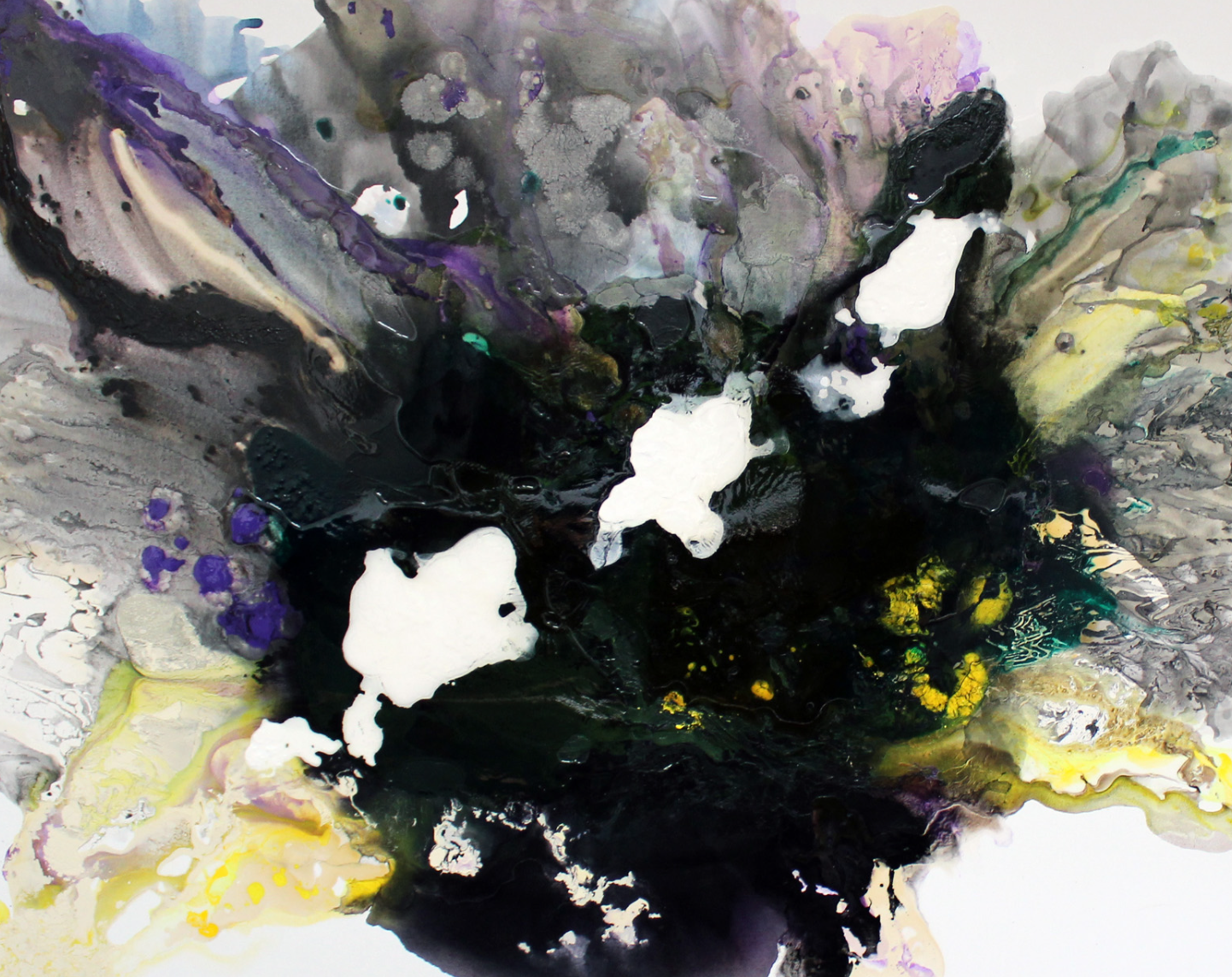
“Colour breaths from the canvas with an enveloping effect”
Quote from the philosopher Clement Greenberg in response to the paintings of the American Abstract artist, Mark Rothko
Jane-Marie Whiston is a Sydney based artist whose work has evolved from pure abstract painting to highly detailed realistic works.
Jane uses diluted and undiluted acrylic paints combined with various water and oil-based varnishes. A level of control is exercised over the choice of colours and the medium used, but the way they all interact will depend upon the intrinsic nature of the materials as they dry. The result produces an abstract painting that provokes a feeling of spontaneity and freedom. Some of these works evoke an image that Jane will then further develop into a more representational style of artwork using the abstract imagery as a background.
There are several artists that have had a major influence on Jane’s art practice and there is one common factor that connects each of the artists. It is how each of their individual expressionistic styles has resulted in such emotive and subliminal works, specifically through their use of materials and colour.
One of the most important connections to all these artists is that their works demonstrate a
feeling of tension and movement, using colour and abstraction to create a whole
sense of illusion.
-
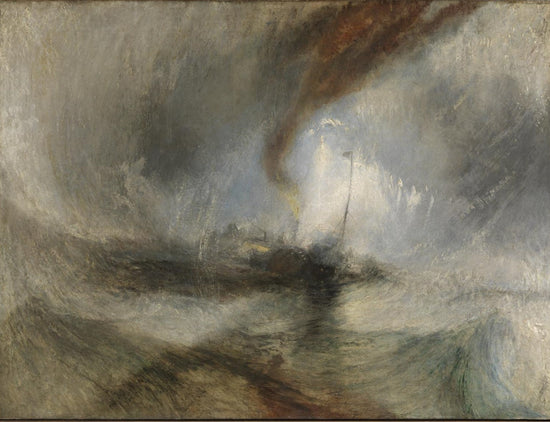
Snow Storm: Steam-Boat off a Harbour’s Mouth, 1842, oil on canvas, Tate Britain, London
William Turner
Turners’ watercolours convey a subliminal and mystical element to their work using immense washes of watercolours that bleed and mix together producing a translucent and ethereal work. It is through the glazing of layers of colour that provide a pictorial representation of the subliminal nature of the subject matter. -
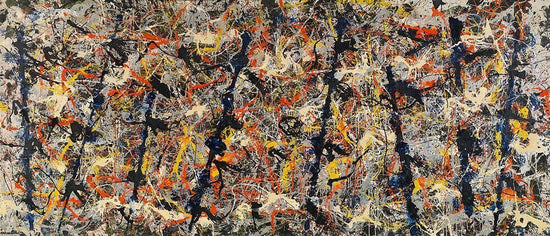
Blue Poles, 1952, oil on canvas, National Gallery of Australia, Canberra
Jackson Pollock
The gestural working practice of the American Abstract artist Jackson Pollock, and the way in which he poured paint onto a horizontal canvas was a major influence. By using his “drip technique” and layering wet on wet paint results in a painting with a feeling of movement and total spontaneity.
-
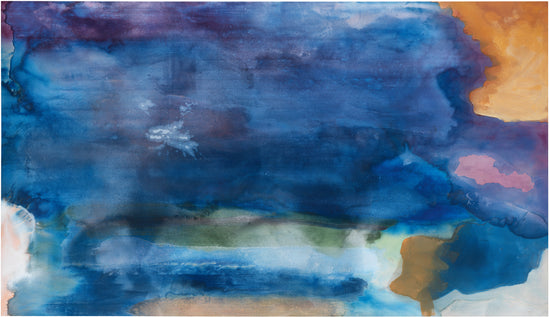
Mountains and Sea, 1952, oil and charcoal on canvas, National Gallery of Art, Washington
Helen Frankenthaler
The hauntingly beautiful imagery of another American Abstract artist, Helen Frankenthaler’s unique technique of pouring thinned paint onto raw, unprimed canvas. Her paintings evoke the natural environment creating a visual space and atmospheric quality.
-
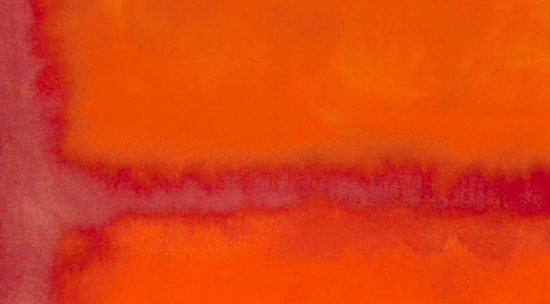
The Seagram Murals : Red on Maroon, 1959, oil and acrylic on canvas, Tate Modern, London
Mark Rothko
Mark Rothko’s use of colour, created depth and movement to a two-dimensional surface. Through his intricate use of colour, light and contrast, Rothko’s huge works seem to radiate from an inner light source.



